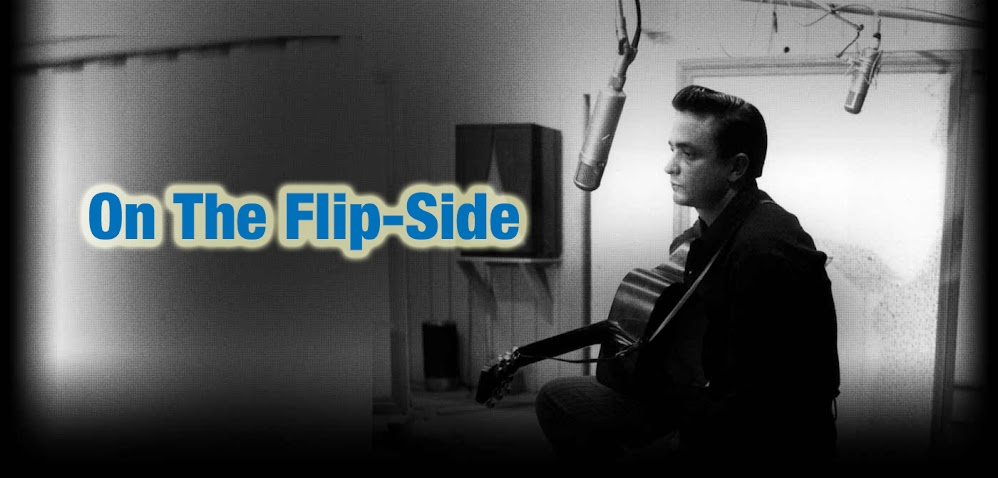Thursday, April 30, 2009
Original Song Project: "Boulder Bound", Morgan Young
Wednesday, April 29, 2009
Song of the Week: "Preaching Blues (Up Jumped the Devil)", Robert Johnson
 Just behind baseball historians, musicologists hold the title of most likely to turn their subjects into superheroes. The ideal candidate for the musicologist is a ghost. A musician who quietly walks into a juke joint, sits down and starts plying his trade in front of a loud and hostile crowd. In a striking moment he quiets the sundry ne'er-do-wells (usually bringing tears to the eyes of the most hardened men and stealing the heart of the most faithful girl). Then the ghost mutates into the warm mist of the night with just his instrument and the satisfaction that he is the best ghost musician in these here parts. "Who was that masked musician?" one breathless woman asks with idolatry coloring her voice. A skittish little bug-eyed man in overalls responds, "That was no ord'nary muse-ishin'. Not like any other we know, at least. That there was the devil himself."
Just behind baseball historians, musicologists hold the title of most likely to turn their subjects into superheroes. The ideal candidate for the musicologist is a ghost. A musician who quietly walks into a juke joint, sits down and starts plying his trade in front of a loud and hostile crowd. In a striking moment he quiets the sundry ne'er-do-wells (usually bringing tears to the eyes of the most hardened men and stealing the heart of the most faithful girl). Then the ghost mutates into the warm mist of the night with just his instrument and the satisfaction that he is the best ghost musician in these here parts. "Who was that masked musician?" one breathless woman asks with idolatry coloring her voice. A skittish little bug-eyed man in overalls responds, "That was no ord'nary muse-ishin'. Not like any other we know, at least. That there was the devil himself."Thursday, April 23, 2009
Original Song Project: "Blame the Beat Poet", Matt Howard

Monday, April 20, 2009
Song of the Week: "Tennessee Flat-Top Box", Johnny Cash
 Listen - Johnny Cash performs Tennessee Flat-Top Box
Listen - Johnny Cash performs Tennessee Flat-Top BoxFriday, April 17, 2009
(Not, Alas) a Monkee’s Nephew

Sometime last year I think it was, I had a dream that Michael Nesmith was my uncle. I don’t remember much about the specifics, or even if I managed to ask him the burning question, “How could you work with Davy Jones for three years without beating the crap out of him?” But I do remember that I was pretty sad to wake up and find that Uncle Nes wouldn’t be at Thanksgiving after all.
I’ve always liked the Monkees, and I firmly believe Micky Dolenz has one of the great rock and roll voices. But Nesmith was the one who made them feel substantial and not just a made for t.v. cartoon. He was already an experienced songwriter before he was cast as a Monkee. His song Mary, Mary appeared (somewhat uncomfortably) on the Paul Butterfield Blues Band’s second album East-West even before the “Monkees” series debuted in September 1966, and in 1967 the Stone Poneys hit big with Different Drum another pre-Monkee Nesmith composition. By picking an actual quirky tunesmith who was not a central casting teen idol type, the Monkees producers sowed the seeds for the group’s eventual rebellion against the use of outside songwriting and studio musicians.
While existing in the heart of the Monkees teen-pop bubble, Nesmith was increasingly drawn to country styles. In May 1968, as the Monkees show was winding down, he recorded a session in Nashville. Most of these songs were not used on Monkees records, and some would be redone on his own albums in the early 70s. I like these early versions, which exhibit some of the same generational tension between song and backing that Bob Dylan’s Nashville-era recordings do. In contrast to his wry and laconic Monkee persona, a lot of Nesmith’s songs are wordy and conversational. Check out Some of Shelly’s Blues and The Crippled Lion. While the backings are pure 60s Nashville country (with the addition of harmonica on Shelly’s Blues) the songs themselves are, in typical Nesmith fashion, crammed full of words and chord changes. In Shelly’s Blues Nesmith dishes out his brand of clear-eyed but syntactically jumbled advice, while The Crippled Lion is a humble and self-aware inwardly directed pep-talk. The guy would really make a fine uncle.
Friday, April 10, 2009
Busker Days: "Mariama", Yacou and Temomo

